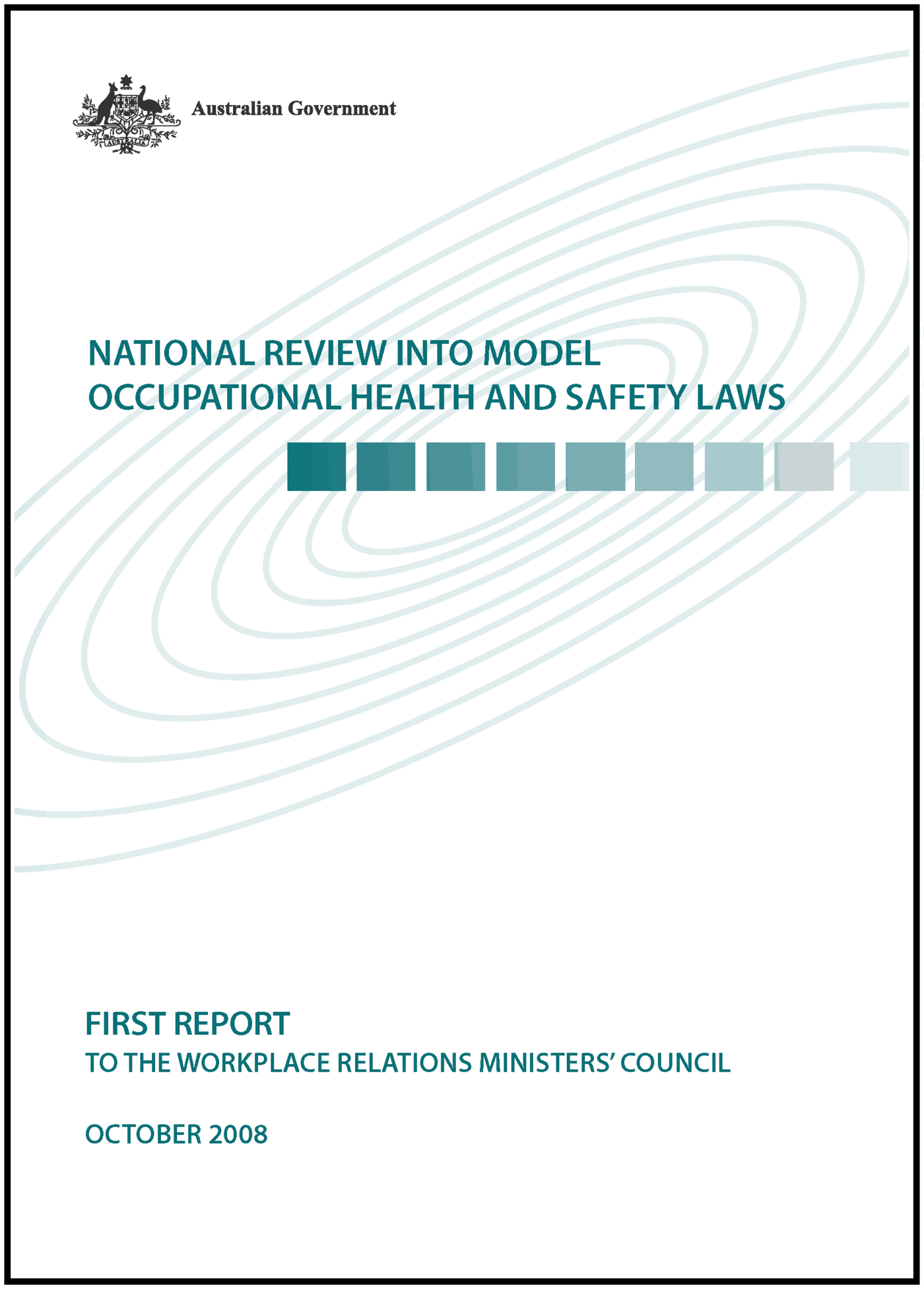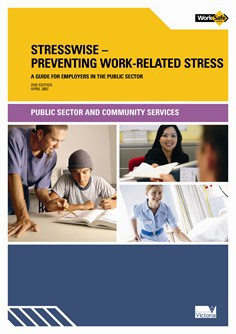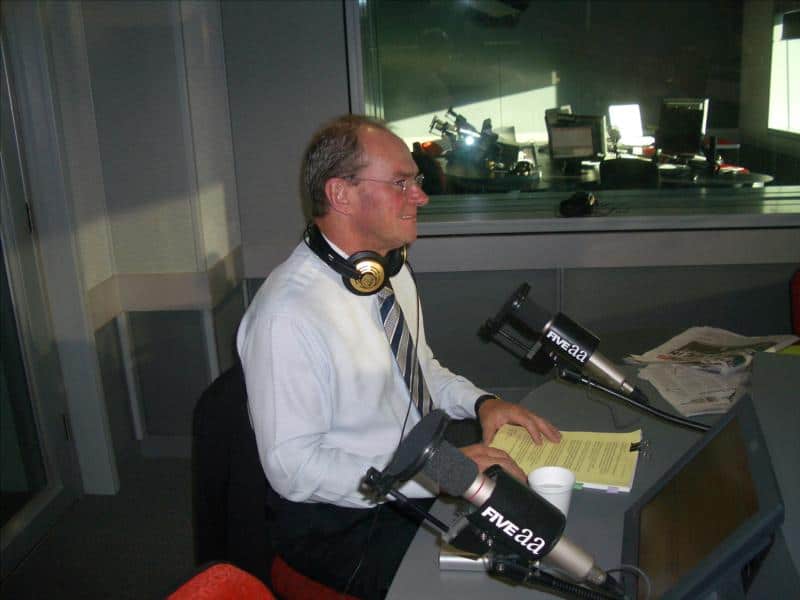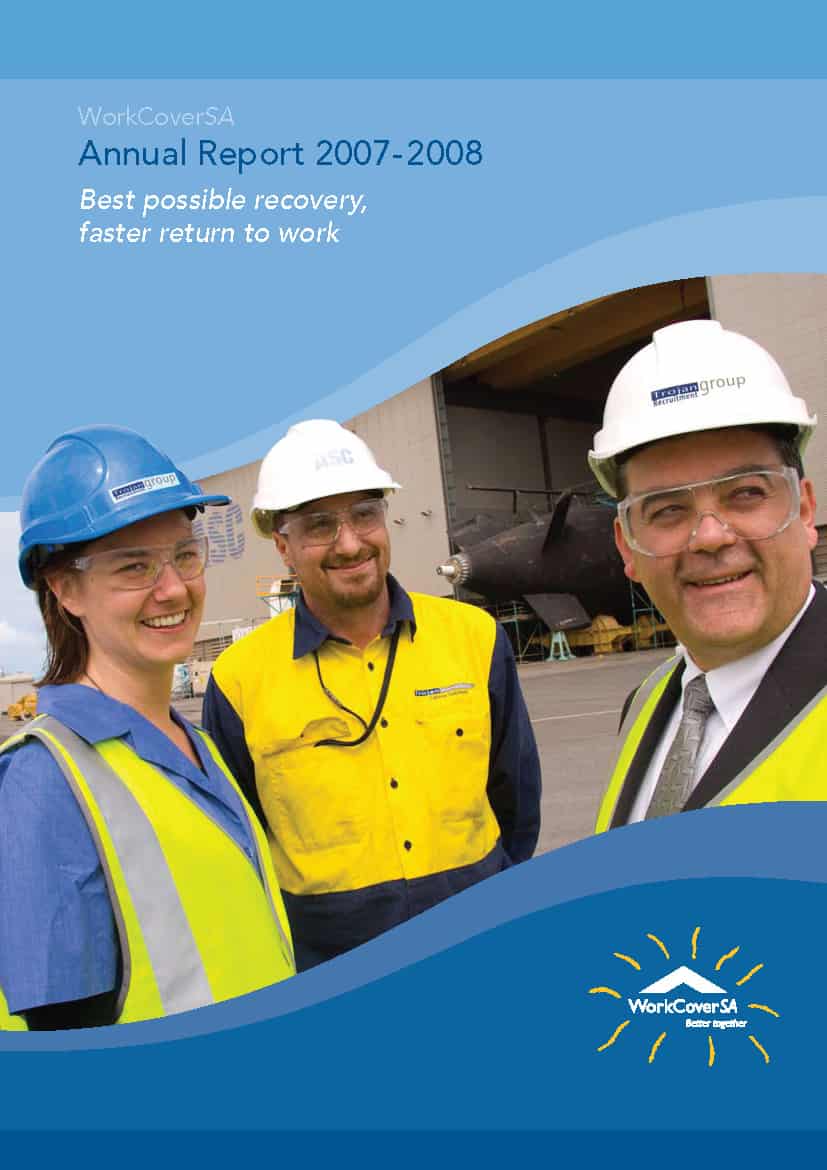The first report of the National OHS Law Review panel was presented to the Australian Government yesterday. The best initial assessment of the report can be found at a safety blog operated by Deacons law firm. In that report by Michael Tooma and Alena Titterton, the following points are made:
- there should be a general duty of care for health and safety
- “worker” is defined more broadly as ‘person who works in a business or undertaking’
- “the Report recommends that a defined ‘reasonably practicable’ be built into the offence in the model OHS Act which reflects the current approach taken in all jurisdictions except New South Wales and Queensland.”
- “The prosecution will bear the onus of proof beyond reasonable doubt on all elements of an offence”
- Offences could be indictable and heard in front of a Judge and jury.
- Increased penalties in line with those for environmental breaches – Corporation = $3 million, Individual = $600,000 Imprisonment – up to five years
- An appeals process where cases could be taken to the High Court of Australia
“Reasonably practicable” remains a concept with a floating meaning for most business owners and OHS professionals. For a type of legislation that is intended to be readily understood by a layman, this legalese is disappointing however it is likely that clarification will come from the OHS regulators as it has already in some States. The review panel supports this type of clarification.
Interestingly, the report says on “the primary duty of care” that it “should not include express reference to control” and that
‘Control’ should not be included in the definition of reasonably practicable.
The panel says that “control” will be discussed in the second report as will the definition of a “workplace”.
The Deacon’s authors remind us that reports of this type are not automatically implemented by governments and that the review process has several months to run.
The report needs to be read carefully by OHS professionals as the recommendations will set the scene fro OHS law in Australia for, perhaps, decades. Also, going beyond the list of recommendations allows readers to see which of the issues considered were contentious and which had uniform acceptance.
The trade union movement is yet to release public statements but according to one media report, Geoff Fary of the Australian Council of Trade Unions is
“disappointed that a qualified duty of care would continue to rest with the employer”.
That same report is headed “Prison time for unsafe bosses” raising the spectre of industrial manslaughter. That does not seem to be case and may say more about the readership of The Australian or the politics of the sub-editors. However, it will be interesting to see the responses of the employer associations over the coming days.





